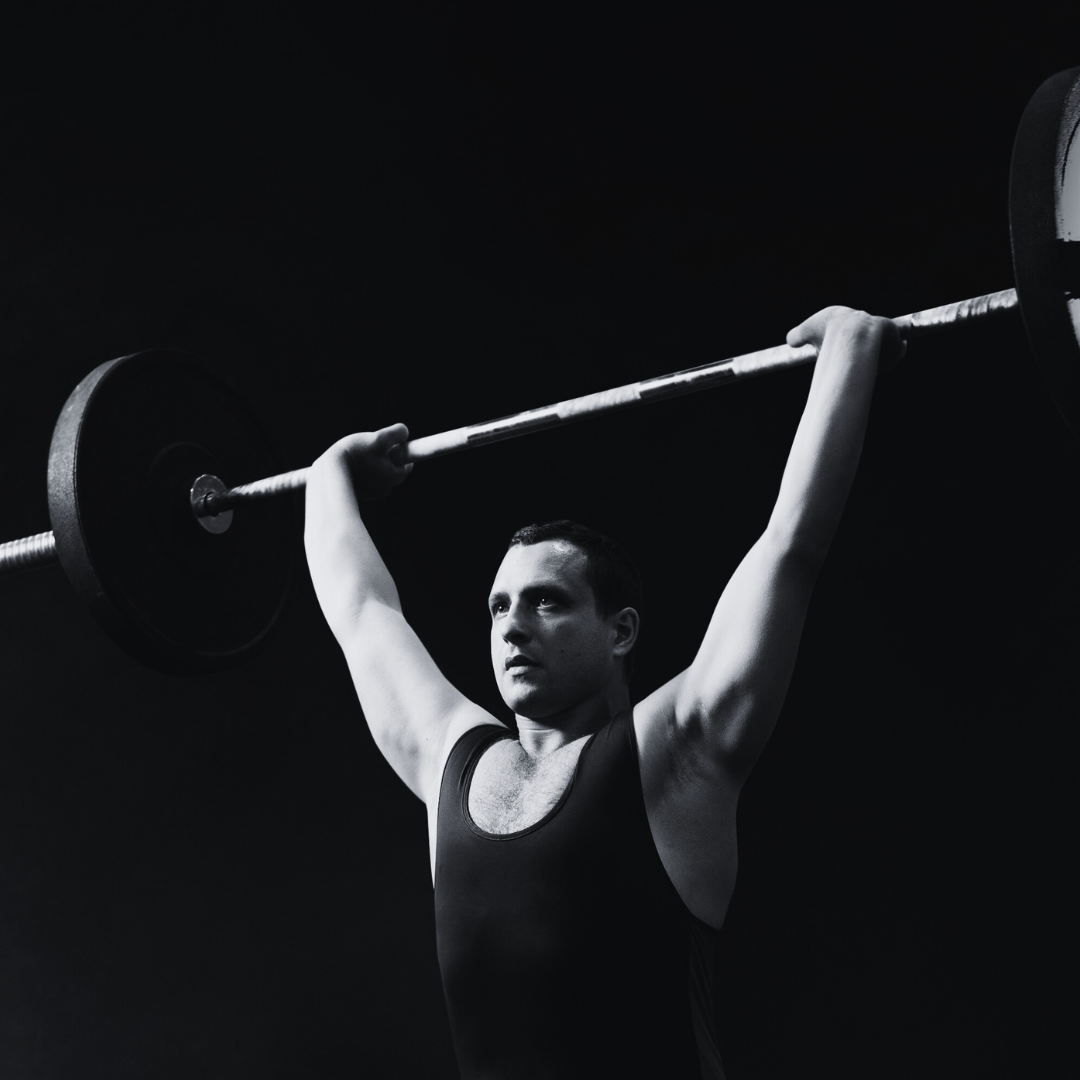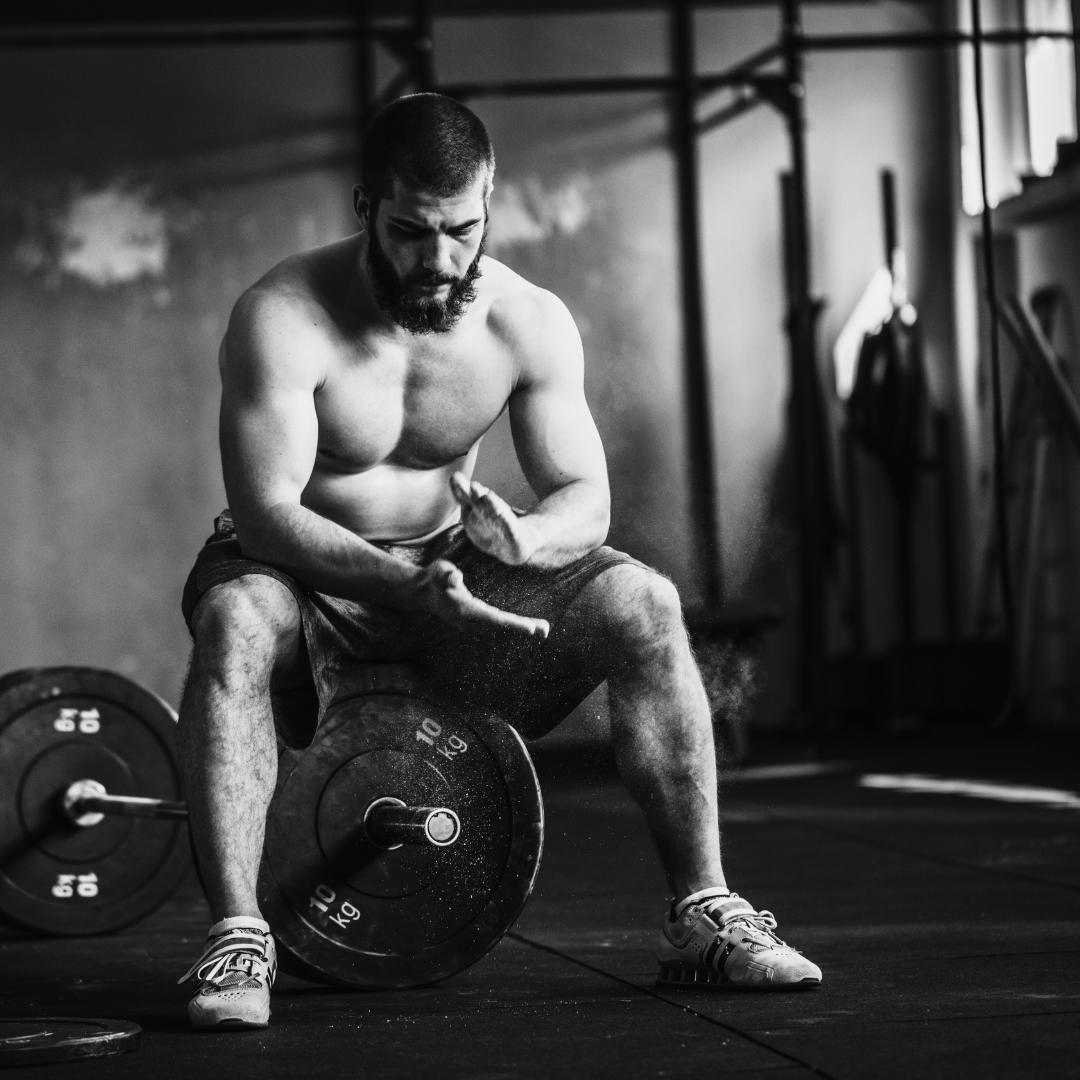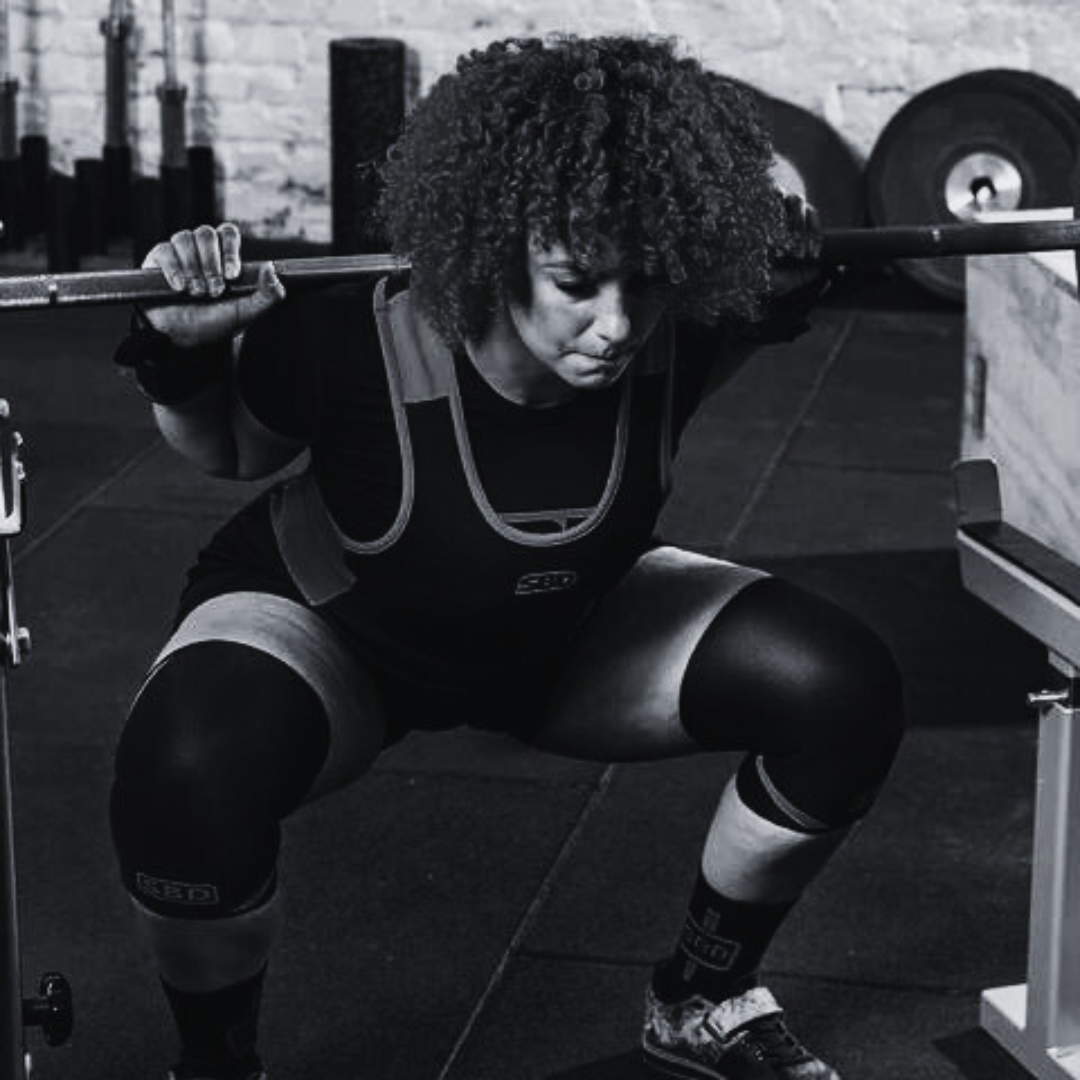In the world of strength sports, two disciplines stand out as pillars of raw power and athleticism: powerlifting and weightlifting. Both sports revolve around moving heavy weights, but beyond that common ground lie distinct techniques, objectives, and cultures.
This blog, will cover what the main differences between these two.
What is Powerlifting?
Powerlifting is a strength sport that focuses on three primary lifts: the squat, bench press, and deadlift. Athletes in powerlifting compete to lift the heaviest weight possible in each of these three lifts within their respective weight classes. Unlike weightlifting, which emphasizes speed and technique, powerlifting prioritizes pure strength and maximum force output.
The squat involves lowering the body with a weighted barbell on the shoulders until the hips are parallel or lower to the knees, then standing back up. The bench press requires the lifter to lie on a bench and lower a weighted barbell to the chest before pressing it back up to arm's length. And finally, the deadlift involves lifting a weighted barbell from the ground to a standing position, with the hips and knees fully extended.
Competitions in powerlifting are typically organized into weight classes and age divisions, allowing lifters to compete against others of similar size and experience. The sport has gained popularity worldwide, with athletes continually pushing the boundaries of human strength and setting new records in each lift.
What is Weightlifting?
Weightlifting, also known as Olympic weightlifting, is a dynamic strength sport that consists of two lifts: the snatch and the clean and jerk. It is one of the oldest competitive sports in the world and has been a part of the modern Olympic Games since their inception in 1896.
In the snatch, the lifter lifts the barbell from the ground to overhead in one continuous motion, typically with a wide grip. This lift requires explosive power, speed, and precision to successfully hoist the weight overhead while maintaining balance.
The clean and jerk involves two distinct movements. First, the lifter pulls the barbell from the ground to the shoulders in a movement called the clean. Then, they explosively drive the barbell overhead to a locked-out position, known as the jerk. Like the snatch, the clean and jerk demands a combination of strength, speed, and technique to execute successfully.
Weightlifting competitions are organized by weight class, gender, and age group. Lifters compete to lift the heaviest weight possible in each of the snatch and clean and jerk, with the combined total determining the overall winner.
Weightlifting requires not only physical strength but also mental focus and technical skill. Athletes train rigorously to improve their lifting technique, explosiveness, and overall strength in pursuit of personal and competitive goals. Beyond its competitive aspect, weightlifting has also gained popularity as a training method for athletes in various sports and as a means of improving overall fitness and functional strength.
Powerlifting vs Weightlifting
Powerlifting and weightlifting are two prominent strength sports that often draw interest from fitness enthusiasts and athletes alike. While both involve lifting weights, they diverge in their focus, techniques, and competition formats. Understanding the similarities and differences between these disciplines can offer valuable insights for those considering which path to pursue in their strength training journey. Below, we'll explore the key similarities and main differences between powerlifting and weightlifting through a concise comparison of their core aspects.
Similarities:
- Both powerlifting and weightlifting are strength sports that involve lifting heavy weights.
- Athletes in both sports train extensively to improve their strength, technique, and performance.
- Competitions in both powerlifting and weightlifting are organized into weight classes, allowing athletes to compete against others of similar size and strength.
- Both sports require dedication, discipline, and mental focus to succeed at the highest levels.
- Powerlifting and weightlifting have passionate communities of athletes and fans who support and encourage each other in their respective pursuits.
Main Differences:
Powerlifting:
- Focuses on three primary lifts: squat, bench press, and deadlift.
- Emphasizes pure strength and maximum force output.
- Lifts are performed at a slower pace compared to weightlifting.
- Competitions are based on the total weight lifted in the three lifts combined.
Weightlifting:
- Consists of two lifts: snatch and clean and jerk.
- Requires explosive power, speed, and technique.
- Lifts are performed at a faster pace compared to powerlifting.
- Competitions are based on the maximum weight lifted in each of the two lifts, with the combined total determining the overall winner.
These distinctions in lifts, techniques, and training methodologies give each sport its unique identity and appeal to athletes with different strengths and preferences.
Recommended Powerlifting Gear
Now that you're informed between powerlifting vs weightlifting, when it comes to powerlifting gear, there's one name that stands above the rest: SBD.
Below are a list of gear we recommend for the beginner powerlifter or the seasoned lifter looking to upgrade.
1. Lifting Belt
Recommended lifting belt
SBD's 13mm lever belt stands out for its quality construction and innovative design. Featuring a patented gliding lever, this belt offers the adjustability of a prong belt combined with the ease and tightness of a lever belt. The sturdy 13mm thickness provides unparalleled support for your lower back during heavy lifts, ensuring optimal stability and reducing the risk of injury.
2. Knee Sleeves
Recommended Knee Sleeves
Made from high-grade 7mm neoprene, SBD Knee Sleeves are engineered to minimize the risk of knee injuries while maximizing performance. Trusted by strength athletes around the globe, these knee sleeves offer superior support and compression, making them ideal for heavy training sessions. Whether you're squatting, lunging, or performing any other leg exercise, SBD Knee Sleeves provide the stability and warmth your knees need to perform at their best.
3. Lifting Straps
Recommended Lifting Straps
SBD Figure 8 Lifting Straps are a game-changer for lifters looking to push their limits without worrying about grip strength. Featuring a patent-pending design with strong aramid fibre, these lifting straps reduce strain on the biceps and forearms while providing a secure grip on the barbell.
4. Elbow Sleeves
Recommended Elbow Sleeves
For optimal elbow support and compression without sacrificing range of motion, look no further than SBD Elbow Sleeves. This design ensures maximal support for the elbow joint while allowing for natural movement during pressing exercises. Made with premium materials, these elbow sleeves provide the protection and comfort you need to train with confidence and intensity.








